 Tired of all the bad news on TV and the Internet? If so, I have something just for you! Check out the following vocation-related stories from the past week:
Tired of all the bad news on TV and the Internet? If so, I have something just for you! Check out the following vocation-related stories from the past week:
Monastic Chic (St. Louis Today) EWTN’s Colleen Carroll Campbell reviews Of Gods and Men. A fascinating take on the appeal of movies about the monastic life.
Inspiration to teach came from English nuns, says Utah educator portrayed in Hallmark movie (Intermountain Catholic)
Vietnamese nuns build a community in Houston (Houston Chronicle) Heartwarming story of group of sisters from the Mary Immaculate Province of the Vietnamese Dominican Sisters who, despite a devastating hurricane and fire, continue to provide preschool education to 1,500 low-income children.
After decades of struggle, Ohio priest overcomes stutter to celebrate Mass (The Republic) Msgr. John Cody has served as a parish priest for 38 years and apparently now is an eloquent, confident homilist.
Students step forward to join Catholic Church (Catholic Star Herald) Thirteen students from St. Mary Magdalen Regional School in Millville, New Jersey have entered the Church this academic year.
Free conference for pastors, religious, and communications office personnel (Benedictine College) NFP Outreach Summer Institute to pastors, religious, lay leaders, and communications personnel to be held Wednesday, July 13, 2011, at Benedictine College in Atchison, Kansas. Presenters include Archbishop Joseph Naumann, former National Catholic Register editor Tom Hoopes, and Fr. Matthew Habiger, O.S.B., among others.
The Priest who became the Pope’s secretary (Sunday Catholic Weekly) Here’s what Msgr. Georg Ganswein, secretary to Pope Benedict, had to say about the role of his family in discovering his vocation:
“I am the oldest of five children. Our house did not differ much from other houses in the town. My parents, like my grandparents, were practicing Catholics, people of faith. So we were growing up in an atmosphere of faith and trust in God. We celebrated all ecclesiastical feasts with great internal and external involvement.”
 On Holy Thursday, or more likely one day earlier this week, the bishop of each respective Catholic diocese throughout the world, in the company of his priests, will celebrate the Chrism Mass. This Mass typically takes place at the cathedral or some other central location that will accommodate a large number of concelebrants. At this Mass, the bishop blesses the oil of the sick, the oil of catechumens, and most notably the chrism that will be used throughout the diocese in the coming year.
On Holy Thursday, or more likely one day earlier this week, the bishop of each respective Catholic diocese throughout the world, in the company of his priests, will celebrate the Chrism Mass. This Mass typically takes place at the cathedral or some other central location that will accommodate a large number of concelebrants. At this Mass, the bishop blesses the oil of the sick, the oil of catechumens, and most notably the chrism that will be used throughout the diocese in the coming year.
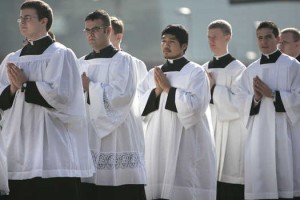 I spent a couple wonderful years with a religious community in the 1980s as I was discerning a possible vocation to the priesthood and religious life. One day, they brought in a well-known retreat master to give the two dozen or so seminarians a day of recollection.
I spent a couple wonderful years with a religious community in the 1980s as I was discerning a possible vocation to the priesthood and religious life. One day, they brought in a well-known retreat master to give the two dozen or so seminarians a day of recollection.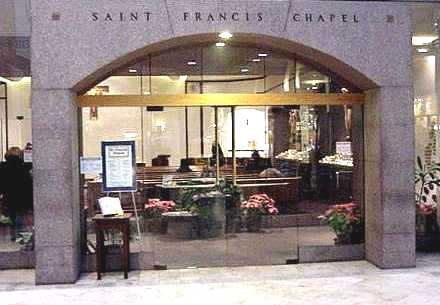 The
The 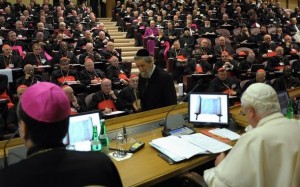 The Pontifical Councils for Culture and Social Communications are organizing a gather of Catholic bloggers in Rome on Monday, May 2, 2011, the day after Pope John Paul II’s beatification.
The Pontifical Councils for Culture and Social Communications are organizing a gather of Catholic bloggers in Rome on Monday, May 2, 2011, the day after Pope John Paul II’s beatification.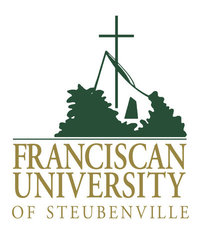 Terry Mattingly
Terry Mattingly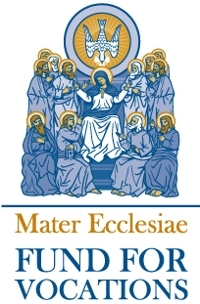 A few days ago I received in the mail the newsletter of the
A few days ago I received in the mail the newsletter of the  The
The 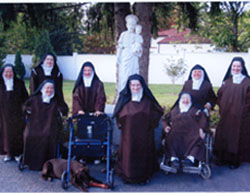 Today I visited the
Today I visited the